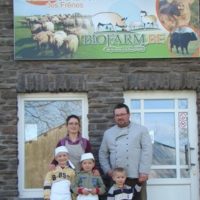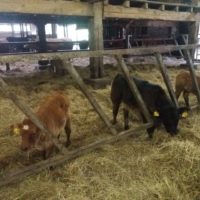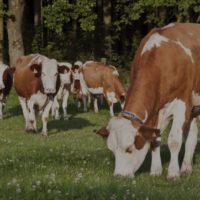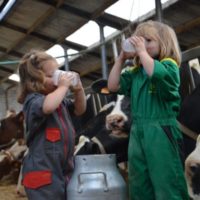Description
The Holthusen farm has 220 dairy cows on pasture from April to October and graze pre-grazing heights of 5 to 6 cm. Due to difficult weather conditions in autumn 2017 and summer 2018, the farm had in the same year a great forage shortage of conserved forage and fresh grass on pasture. The cows lost more body condition over the grazing season as usual and the milk fat decreased. A group of Irish German farmers analysed the farms strengths and weaknesses based on the feed shortage and gave suggestions directly to the farmer.
As strengths, enough area on the milking platform for 24 h grazing, calf health, good building conditions and the dense sward on the peat soil were mentioned. Unfortunately, dairy cows, who calf in late summer lost most body condition compared to spring calvers. There are not enough feed spaces in the shed which affects higher stress level for young heifers and can mean a loss of body condition. A low grass regrowth rate can be the result of the short pre-grazing height. The shallow rooting system means also a high risk for grass under dry conditions. The unfavourable breed for grazing was listed as a further weakness.
Improvement strategies were identified: to switch to a two-block seasonal calving in early spring and late autumn as a smooth cross-over to an only spring calving and to increase the use of cross-breeds. Furthermore, more artificial insemination than using bulls for the first try and to build more feeding spaces was suggested.
Abstract also available in:
Dutch | French | German | Italian | Polish | Swedish





